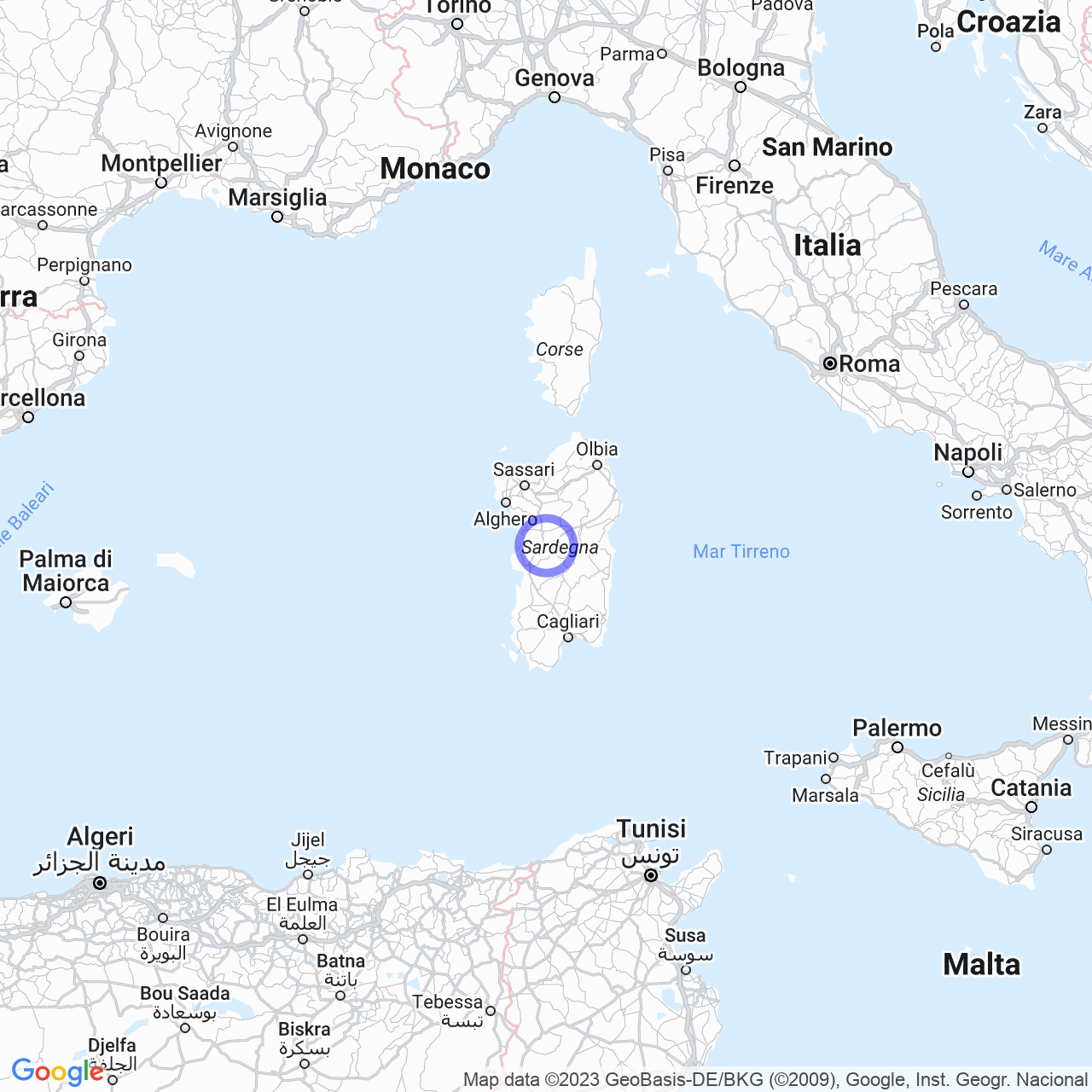Norbello
Norbello: a small municipality in the province of Oristano worth discovering
If you are looking for a small oasis of tranquility in Sardinia, Norbello might be the ideal destination for you. This municipality, located in the province of Oristano, has only 1210 inhabitants and is also known as Norghìddo in Sardinian language.
Physical geography
Norbello is located 34 km northeast of Oristano, 350 meters above sea level in the historical region of Guilcer. It borders Aidomaggiore to the north, Ghilarza to the east, Abbasanta to the south, and Santu Lussurgiu and Borore to the west. The territory is generally flat with some hills reaching 400 meters in altitude and is rich in springs, although some of them are currently dried up due to hydrological instability. The town is crossed by the Rio Siddo river, and to the north, in the Chenale valley, is the hamlet of Domusnovas Canales.
The climate is mild thanks to the low altitude, and the prevailing winds are northern and western.

History
The Norbello area has been inhabited since the pre-Nuragic and Nuragic era, as evidenced by the numerous tombs of the giants, domus de janas, and nuraghi present in the territory. In the Middle Ages, the town was part of the Guilcier curatorship of the Judicate of Arborea with the name of Norgillo or Norghiddo. Traces of its history are found in the pages of the Condaghe of Santa Maria di Bonarcado. At the fall of the Judicate in 1420, Norbello passed under the dominion of the Crown of Aragon and was incorporated into the Marquisate of Sedilo, whose last lords were the Delitala. The town was redeemed in 1839 with the suppression of the feudal system. In 1863, Norghiddo changed its name to Norbello with a Royal Decree of December 21, published on February 8, 1863.
Monuments and places of interest
Norbello is rich in monuments and places of interest. Among the religious architectures, the Church of Santa Maria (now dedicated to Madonna della Mercede) is of remarkable value. Dating back to the late twelfth century, it features mural inscriptions and consecration crosses. West of the town, after crossing the SS131 state road, about 8 km away, there is a novena inaugurated in 1952 around the church of Saint Ignatius of Laconi, the first church erected and dedicated to the Saint. Among the civil architectures, the monument to the fallen located in the public garden of Via Vittorio Emanuele was built-in 2002 and is dedicated to soldiers and victims of all wars.
Norbello is also rich in prehistoric architectures such as the domus de janas Onnu Marras and the giants' tomb Tanca ‘e Suei.
Society
The demographic evolution of Norbello is characterized by a progressive decline in population over the years.
The variant of the Sardinian language spoken in Norbello is attributable to the Limba de mesania.
Administration
Norbello's administration is led by Mayor Amos Salaris, elected in 2019.
Notes and bibliography
To learn more about Norbello's history and art, you can refer to the following bibliographic sources:
"History of Norbello" by Antonio Ligas
"Guide to the historical and artistic heritage of Norbello" by Maria Antonietta Cianchetti
External links
For more information on Norbello and its activities, you can visit the official website of the municipality or the Facebook page "Comune di Norbello".
